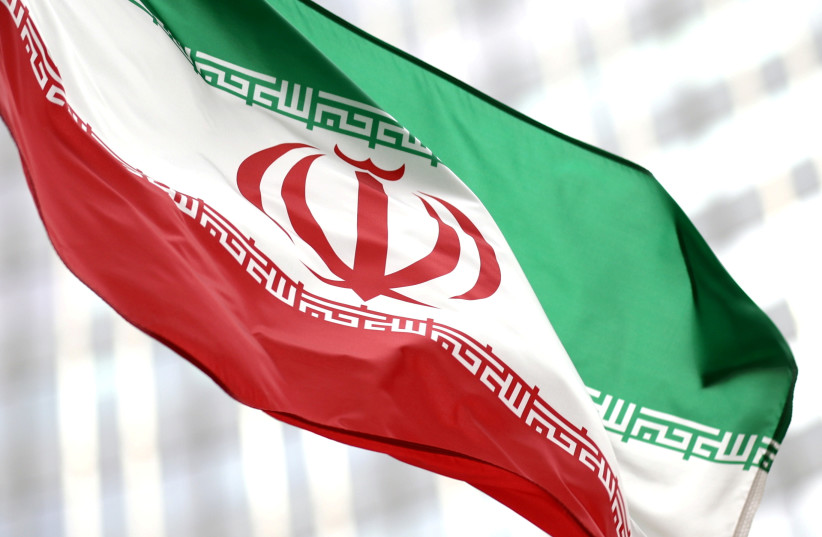The move adds to uncertainty over Iran’s nuclear activities while indirect talks between Tehran and Washington on saving the 2015 Iran nuclear deal are at a delicate stage.

Iran has moved production of parts for advanced centrifuges, used to enrich uranium, out of a workshop only a month after agreeing to allow the UN nuclear watchdog to reinstall surveillance cameras there, the watchdog said on Monday.
The move adds to uncertainty over Iran’s nuclear activities while indirect talks between Tehran and Washington on saving the 2015 Iran nuclear deal are at a delicate stage. Western powers say there are only weeks left before Iran’s atomic advances have hollowed out the deal completely.
The workshop at the TESA Karaj complex was the victim of apparent sabotage in June that Iran blamed on its arch-foe Israel, which declined to comment.
One of the International Atomic Energy Agency’s four surveillance cameras at Karaj was destroyed in the apparent attack. Iran removed all four after the incident and the destroyed camera’s footage is still missing. Western powers and the IAEA have demanded that Iran locate it.
After a months-long standoff that threatened to scupper the wider nuclear talks, Iran agreed to let the IAEA re-install its cameras there last month.

“On 19 January 2022, Iran informed the Agency that it intended to produce centrifuge rotor tubes and bellows at a new location in Esfahan, instead of at the centrifuge component production workshop at the TESA Karaj complex, and that the Agency could adjust its surveillance and monitoring measures accordingly,” a confidential IAEA report seen by Reuters said.
The IAEA issued a statement summarizing the report’s contents. Both said the IAEA placed seals on machines at Karaj and removed its cameras there, adding that production at Karaj had “ceased.”
With the IAEA having been kept away from Karaj for so long and camera footage remaining with Iran for the time being, it is unclear what exactly happened at Karaj after the incident and whether equipment that could potentially be used to make nuclear weapons was secretly siphoned off, diplomats say.
Iran says it wants nuclear technology only for civil uses.
IAEA inspectors installed surveillance cameras at the workshop in the city of Isfahan on Jan. 24, the IAEA said, adding: “As of the same date, the production of centrifuge rotor tubes and bellows at this new workshop had yet to commence.”
The report did not say why Iran had moved production to Isfahan from Karaj, or how the two workshops compare.
Content retrieved from: https://www.jpost.com/middle-east/iran-news/article-695102.